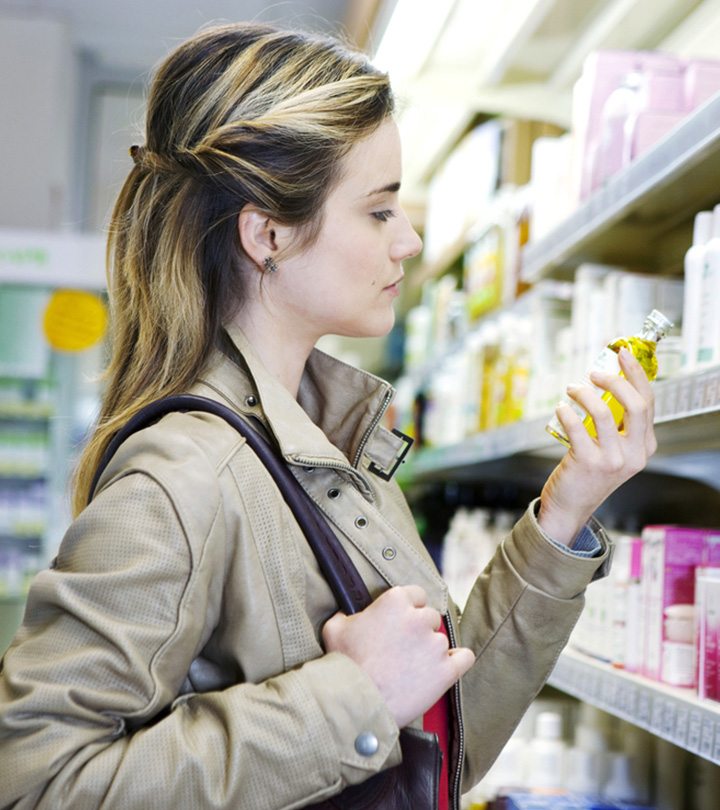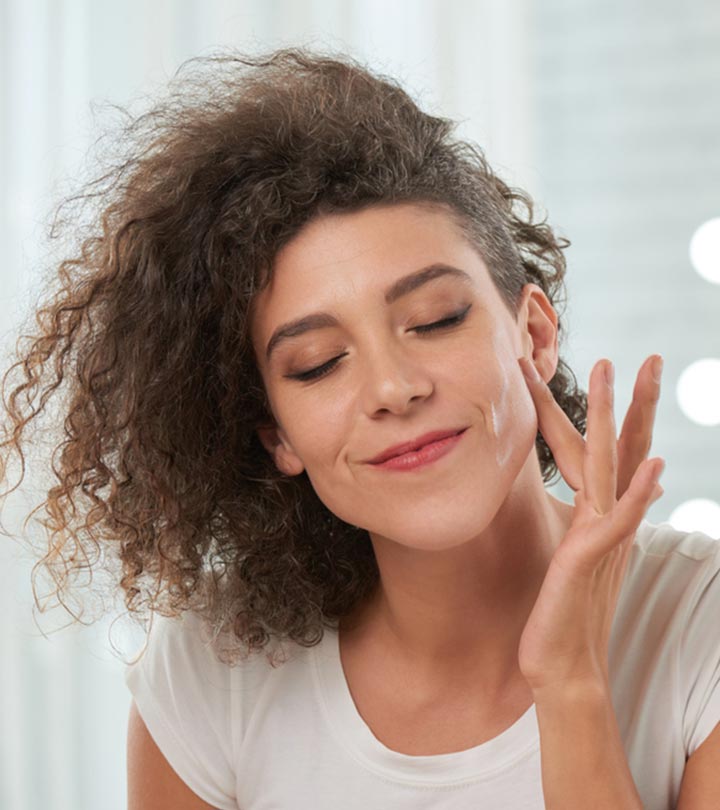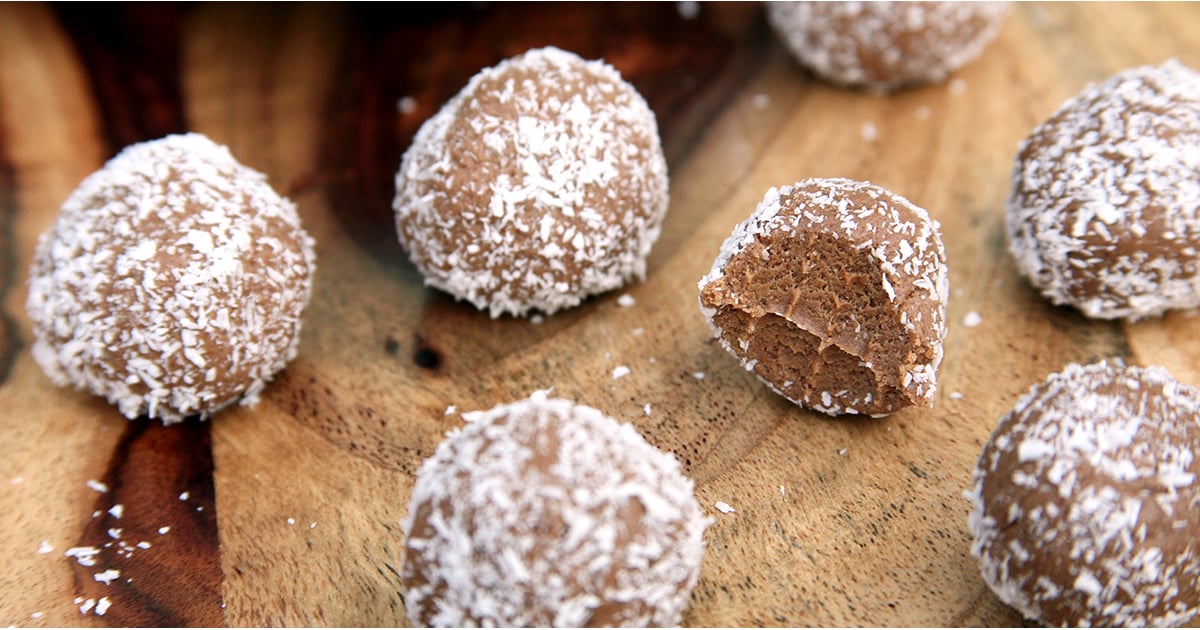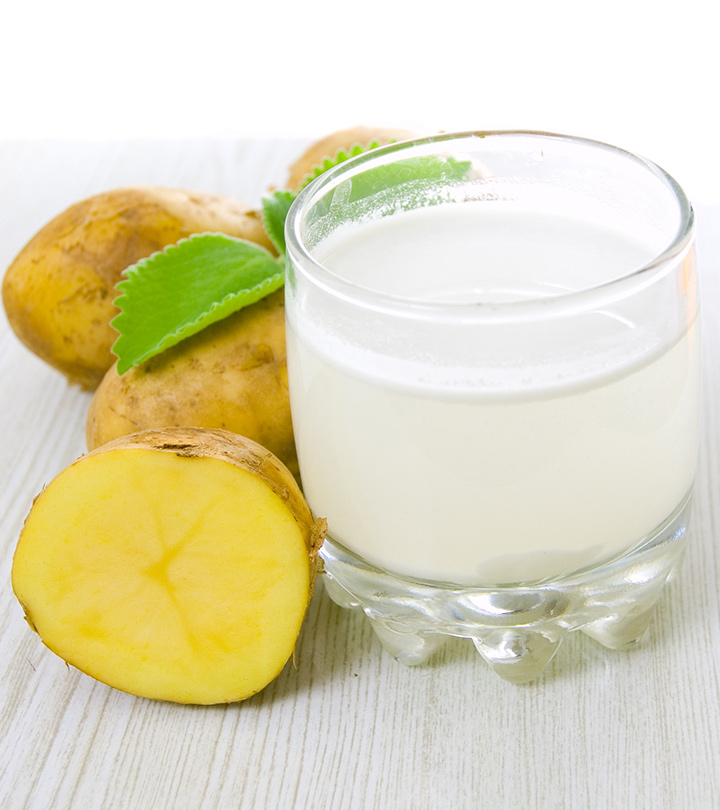Melanin is the pigment that imparts color to your skin, hair, and eyes (1). In addition, according to the American Cancer Society, melanin protects the skin from UV damage and skin cancer (2). Thus, this is the exact reason why many people seek to boost their melanin levels and protect their skin. But, do you know how to increase melanin and protect your skin naturally? Is that even possible? Don’t worry. In this article, we have answered all your questions related to melanin. Keep reading!
In This Article
Why Is Melanin Important For Your Skin?
Melanin-producing cells (melanocytes) are present in the basal layer of the skin. Structural proteins of melanosomes (organelle where melanin is produced and stored), enzymes that help in melanin synthesis, and proteins that help transport and distribute melanosomes contribute to melanin production (3). Genetic influence, hormonal changes, age, inflammation, and UV exposure also affect the production of melanin (4).
Melanin production can reduce if any of these factors is affected – and this can lead to hypopigmentation disorders such as vitiligo, albinism, phenylketonuria, Chediak–Higashi syndrome, Griscelli syndrome, Waardenburg syndrome, and microangiopathy (3), (5).
StyleCraze Says Melanocytes are also present in the inner ear, where endolymph — a fluid that stimulates hearing receptors — is produced. Hence, melanin deficiency may affect hearing as well.
Moreover, research shows that melanin is a UV-absorbent and has antioxidant properties. Also, people with lighter skin color are at a higher risk of skin cancer due to repeated exposure to UV rays as compared to people with darker skin color (6). Thankfully, there are ways you can increase melanin content in your skin. Scroll down to the next section to find out how.
How To Increase Melanin In Skin Naturally?
Dietary changes can help increase melanin production naturally. Here’s what you need to consume.
- Vitamin D
Low levels of vitamin D cause vitiligo, a skin condition triggered due to the low production of melanin (7). Hence, it is important to consume foods rich in vitamin D. To include vitamin D in your diet, consume whole eggs (not exceeding 5 per week), sardines, mackerel, red meat, organ meat, and vitamin D-fortified milk, cereals, or juices. However, it is also recommended to have 10 minutes of sun exposure in the morning before 8 AM every day. The sun’s UV-B rays convert inactive vitamin D3 to active vitamin D3, which increases melanin production (8).
- Vitamin E
Vitamin E, an antioxidant, helps improve skin pigmentation without UV exposure (9). Naturally, consuming foods rich in vitamin E or taking vitamin E supplements can help to a great extent. Consume avocados, sunflower seeds, pumpkin seeds, flax seeds, almonds, peanuts, peanut butter, olive oil, and avocado oil.
- Vitamin B12
Vitamin B12 is an essential nutrient that helps keep the cells, DNA, and nerves healthy (10). To increase vitamin B12, consume fish, red meat, milk, eggs, liver, and other foods fortified with vitamin B12. You can also take vitamin B12 supplements after talking to your doctor.
Related: 16 Benefits Of Vitamin B12, Dosage, And Side Effects
- Vitamin C
A study with vitamin C supplementation found a significant increase in melanin production (9). Vitamin C is a potent antioxidant found in most citrus fruits and a few vegetables. Consume orange, sweet lime, tangerine, lime, lemon, grapefruit, berries, kiwi, guava, papaya, broccoli, kale, and tomatoes to keep your skin protected and to naturally induce melanin production.
Related: 28 Benefits Of Vitamin C, Dosage, Deficiency, And Precautions
- Folate
Folate or folic acid (vitamin B9) is essential for good reproductive health. People with low melanin may have lower levels of folate. Folate also protects the skin from UV-A radiation and skin cancer (11). Increase your folate intake by consuming leafy green vegetables, broccoli, liver, kidney beans, garbanzo beans, and foods fortified with folic acid.
Related: Top 25 Foods High In Folic Acid To Include In Your Diet
- Amino Acids
Tyrosine and phenylalanine are two amino acids required for melanin production (12), (13). Deficiency in these two amino acids can lead to hypopigmentation disorders. A study conducted on animals showed that different concentrations of tyrosine and phenylalanine helped increase melanin levels (14). However, a separate study showed that phenylalanine may not be a precursor for melanin synthesis in mammals (15). Therefore, it is safe to suggest that consuming foods rich in tyrosine, like yogurt, milk, cheese, cottage cheese, pumpkin seeds, sesame seeds, banana, avocado, fish, chicken, and turkey, may help in the natural production of melanin.
Related: 7 Dietary Sources Of Amino Acids And Their Benefits
- Antioxidants
Antioxidants like carotenoids help protect the skin and improve melanin synthesis. Two such carotenoids are beta carotene and lycopene. In a study, supplementation with beta carotene and lycopene increased melanin concentration in the skin (9). Consume foods like tomato, carrot, sweet potato, kale, spinach, guava, watermelon, apricot, cantaloupe, and grapefruit to increase beta carotene and lycopene levels in your body.
StyleCraze Says Stress can trigger oxidation processes that impact melanin production. Thus, treating stress and anxiety can also help manage melanin levels.
These are the nutrients that can help you naturally increase melanin in the skin. But there are a few other ways that can help. Swipe up to find out.
Other Ways To Increase Melanin In Skin
- Tanning Bed
You can use a horizontal or vertical tanning bed to expose your body to UV rays that will help increase melanin in your skin. This tanning method requires you to wear protective eyewear. Also, it is best to talk to your doctor first before option for this method – especially if you have an existing medical or skin condition.
- Sunbathing
Sunbathing is quite popular and practiced by people who want to get a tan. However, sunbathing post 10 AM can be dangerous. If you want, sunbathe before 10 AM when you will not be exposed to the harmful UV-A rays. Do not forget to apply sunblock to keep your skin protected from the UV-A rays.
- Melanin Pills And Hormones
There are melanin pills and hormones available to help increase melanin levels in your skin. You need a prescription to use these – it is best to talk to a licensed dermatologist.
These are the other ways you can increase melanin levels in your skin. However, if you have medically diagnosed hypopigmentation disorder, these may not work for you. You must seek a dermatologist’s expert opinion to increase melanin levels in your skin.
StyleCraze Says Melanocytes are functionally related to white blood cells. So, they can help in better immune system functions too.
Infographic: What Are The Types Of Melanin?
Melanin is a pigment-producing substance produced by melanocytes on the skin’s surface. Each person’s skin contains a varied quantity of melanin. The number of melanocytes and the ratio of different types of melanin in your skin determine your skin color. The amount of melanin in the skin can be reduced or increased by certain circumstances and environmental factors. To learn more about the three types of melanin, check out the infographic below.
Melanin is a pigment that imparts color to the hair, skin, and eyes. Besides, it also protects the skin from harmful UV rays and helps minimize the risk of skin cancer. So, to protect your skin naturally, you can increase your melanin levels by consuming foods rich in vitamins, folates, amino acids, and antioxidants. Consult your dermatologist and plan your diet accordingly to increase the melanin levels. You may also choose other options like a tanning bed, sunbathing, and melanin pills.











